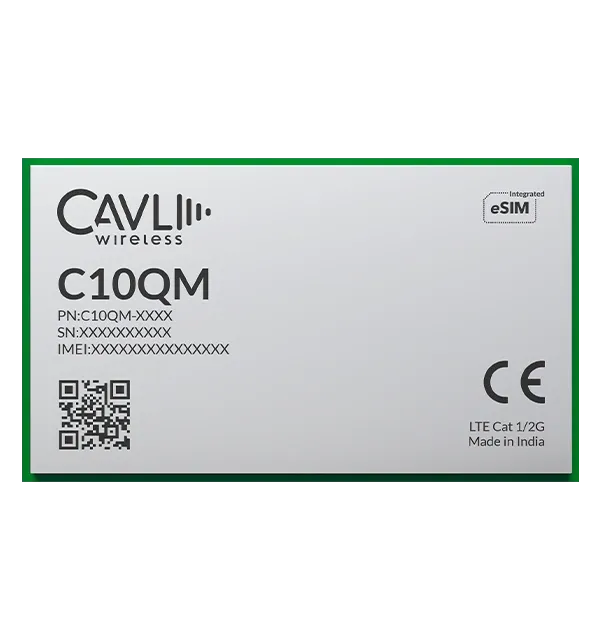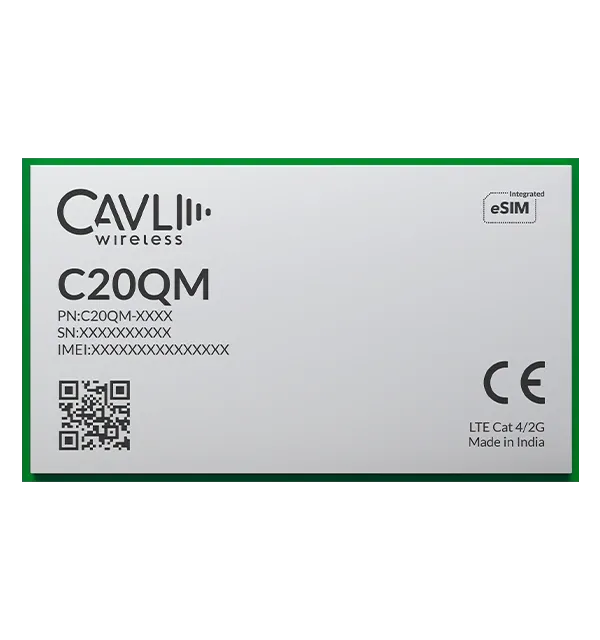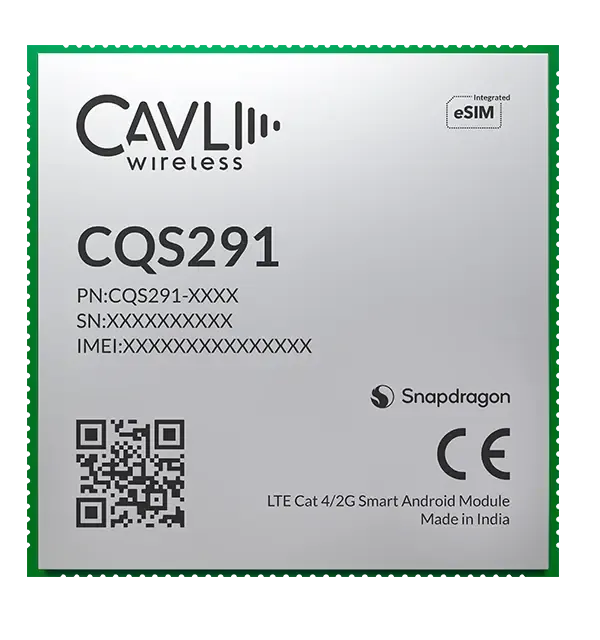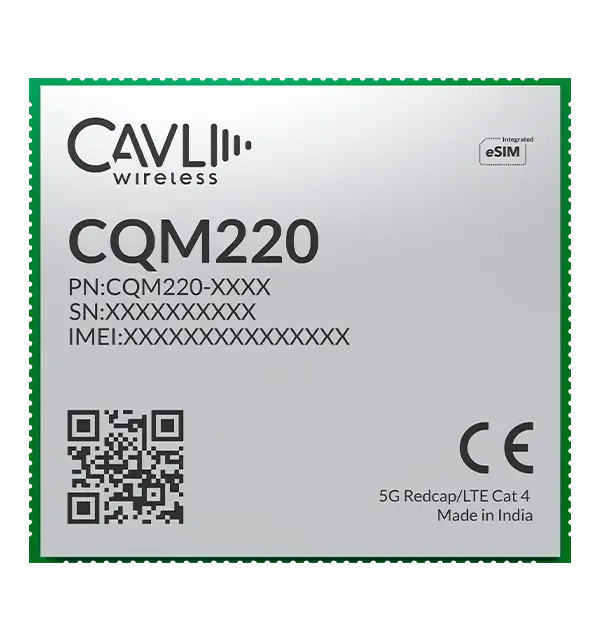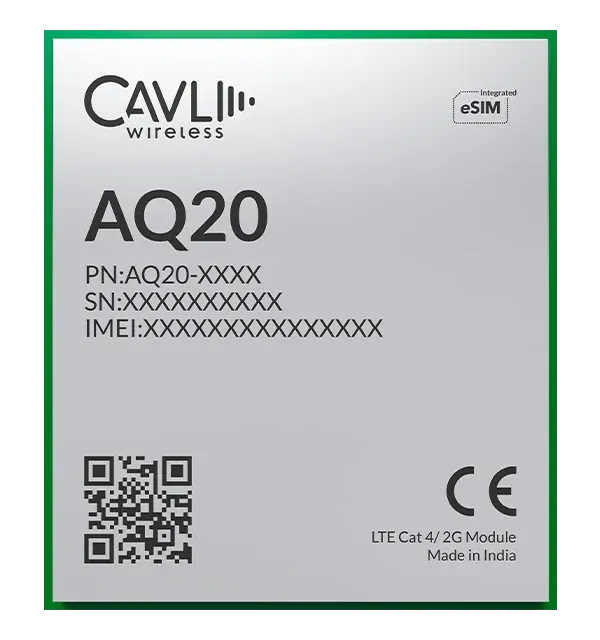James, Network Engineer
I've been hearing a lot about WWAN lately. Can you explain what it is and why it's becoming so important?
Adam, Senior Network Architect
Certainly, James. WWAN, or Wireless Wide Area Network, is a type of wireless network that covers large geographical areas. It's essentially the technology that allows our mobile devices to connect to the internet and each other over long distances. Its importance is growing not only due to the increased demand for mobile connectivity, but also because of its crucial role in deploying IoT ecosystems, smart city infrastructure, and other next-gen technologies that rely on broad, uninterrupted connectivity.
James, Network Engineer
That's interesting. How does WWAN differ from other network types we commonly use, like Wi-Fi?
Adam, Senior Network Architect
Great question. Wi-Fi is a form of WLAN, designed for local area coverage, typically within a building or small area. While, WWAN enables connectivity across much larger areas – like cities, countries, or even globally. WWAN often relies on licensed spectrums unlike Wi-Fi, which reduces interference and provides more reliable service across much larger distances. WWAN uses cellular technologies like 4G LTE and 5G, allowing seamless connectivity as you move between different locations.
James, Network Engineer
As 5G rolls out like a red carpet for faster speeds and lower latency, how is it reshaping the landscape of WWAN technology?
Adam, Senior Network Architect
5G is revolutionizing WWAN capabilities. It's bringing unprecedented speeds, lower latency, and the ability to connect many more devices simultaneously. It utilizes a broader spectrum, including millimeter waves for high data rates and reduced latency. The introduction of technologies like massive MIMO (Multiple Input Multiple Output) and beamforming optimizes network performance and increases the precision of signal transmission, which is critical for applications requiring real-time data transfer, such as autonomous driving and telemedicine. The evolution of WWAN with 5G is a game-changer for both consumers and enterprises.
In an era where connectivity is king, do you know how the enterprises or your offices are coping with the new standards of connectivity or futureproofing networks?
What is WWAN or the Wireless WAN?
Wireless Wide Area Networks (WWAN) is catering to the upcoming needs of the enterprise connectivity needs. WWAN, short for Wireless Wide Area Network, refers to a type of wireless network that spans large geographical areas.
WWAN networks are your go to when moving from wired to wireless systems. Wireless WAN brings seamless advantages in enterprise operations by enabling remote work and IoT orchestration. WWAN routers help you connect to the dispersed LAN networks across the globe to the respective headquarters, servers, and cloud.
Unlike local area networks (LANs) or wireless local area networks (WLANs) that typically cover a building or campus, WWANs can provide connectivity across cities, countries, or even continents. This technology forms the backbone of our mobile communications, enabling everything from smartphone internet access to IoT device connectivity.
Evolution of WWAN with Network Technologies
1G Networks (1980s-1990s)
- The first generation of wireless networks, known as 1G, was introduced in the late 1970s and early 1980s.
- These analog networks, such as the AMPS (Advanced Mobile Phone System) in the United States, provided basic voice communication over wide areas but had limited data capabilities.
2G Networks (1990s)
- GSM (Global System for Mobile Communications): Introduced in the early 1990s, GSM was the first digital cellular network and significantly improved data capabilities compared to 1G. It supported text messaging (SMS) and basic data services (GPRS).
- GPRS (General Packet Radio Service): Rolled out in the late 1990s, GPRS provided packet-switched data transmission, allowing for better data services over WWAN.
3G Networks (2000s)
- 3G marked a significant leap in mobile technology, introducing faster data speeds that made mobile internet browsing and video conferencing possible.
- UMTS (Universal Mobile Telecommunications System): Launched in the early 2000s, UMTS was a major advancement in 3G technology, offering faster data speeds and improved connectivity for mobile internet and multimedia services.
- HSDPA (High-Speed Downlink Packet Access): Introduced in the mid-2000s, HSDPA provided faster data download speeds, enhancing the performance of WWAN.
4G Networks (2010s)
- LTE (Long-Term Evolution): Introduced in the late 2000s and early 2010s, LTE marked a significant upgrade in WWAN technology. LTE provided high-speed data transmission, lower latency, and support for high-definition video streaming and advanced applications.
- LTE-Advanced: By the mid-2010s, LTE-Advanced offered even higher data speeds and improved network efficiency.
5G Networks (2020s)
- The rollout of 5G began in the late 2010s and early 2020s.
- 5G is the latest evolution in WWAN technology, enabling a new wave of innovations.
- 5G WWAN networks offer significantly faster data speeds, ultra-low latency, and support for a massive number of devices.
- It enables advanced applications such as autonomous vehicles, augmented reality, and smarter cities.
Architecture of WWAN
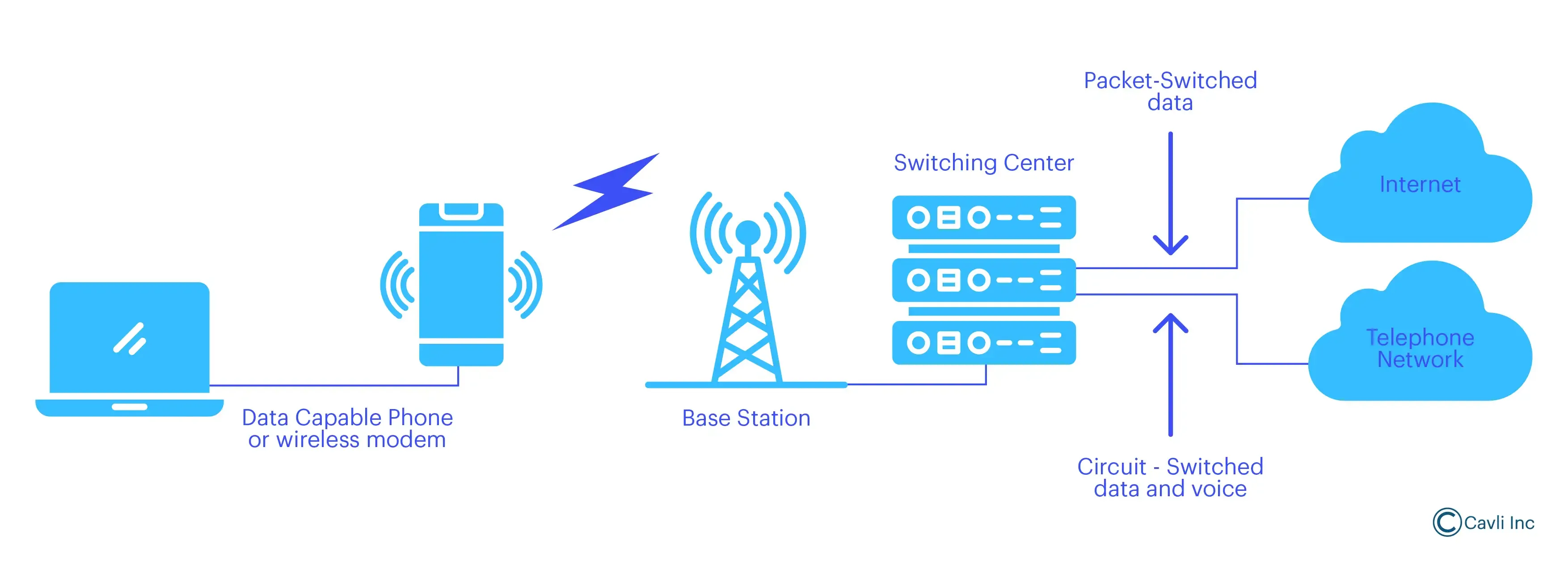
A WWAN network connection
User Equipment (UE)
This includes devices like smartphones, tablets, IoT sensors, and any other device capable of connecting to the WWAN. These devices can be SIM card-enabled, allowing them to access mobile network services. Once connected, they broadcast a wireless signal to enable interconnection.
SIM Management
The WWAN routers and access points have SIM cards, which carry a subscriber's identity, authentication keys, and other network-specific data. These SIM cards provide a unique identity to network devices to connect to the cellular networks provided by cellular operators. Key features of SIM cards, such as eUICC and ICCID numbers, assist in SIM management to ensure secure connectivity.
Base Stations
Base stations, also known as cell towers, act as access points that connect user equipment to the core network. Regional or national cellular operators provide data plans based on the availability of their network infrastructure. They assess the coverage and capacity of their network to offer suitable data plans that meet the operational needs of businesses.
Core Network
The core network is the central part of the WWAN that routes data between different parts of the network and to external networks, like the internet. The connection between the core network and base station is known as backhaul.
Cloud Network Management Systems
These systems are used to monitor, manage, troubleshoot, and optimize the WWAN routers and connected infrastructure. They provide tools for performance analysis, fault management, and configuration management, ensuring the network operates efficiently and reliably.
Working of Wireless WAN Networks
Imagine an office setup.
Traditionally, in an office or enterprise setting, devices such as computers, printers, smartphones, and servers connect and communicate through a network infrastructure, typically consisting of both wired (Ethernet) and wireless (Wi-Fi) components.
The network serves as the backbone for this communication, and networking hardware such as routers, switches, and access points manage the flow of data, ensuring that information is sent and received by the correct devices.
Wide Area Network (WAN) played a critical role in connecting separate networks across different geographical locations. Traditional WAN networks provide a centralized mainframe computing architecture for sending traffic from branches to data centers for constant input and data processing.
With the increase in the devices, there came a need for connecting with other devices, leading to the LAN (Local Area Network) and Hybrid WANs. Hybrid WANs have two connections- a primary connection with cellular network and a secondary connection serving as a backup or failover option if a wired connection fails. It can also work either on MPLS, or broadband internet. With businesses moving more to the network edge and wireless, new networks and technologies were introduced like Wireless WAN and SD-WAN (Software-Defined Wide Area Network).
WWAN networks function as standalone systems or as wireless connection within a hybrid WAN (Wide Area Network) architecture. WWAN routers use public cellular networks and private cellular networks to connect devices.
To know more about different types of networks, read our blog on Private Cellular Networks.
WWANs play a pivotal role in bridging the digital divide, enabling IoT applications like smart city initiatives, and facilitating global communication. Wireless WANs are used to connect mobile devices, such as smartphones, tablets and PCs to the internet or other networks without relying on wired connections. Wireless Wide Area Networks use cellular networks like 3G, 4G LTE, and 5G networks to transmit data between devices and network infrastructure.
WWANs rely on a network of cell towers and base stations to provide coverage of various applications such as GPS, mobile email, and internet browsing. With the expansion of 5G networks, WWAN networks also incorporates small cell technology to help improve coverage, increase capacity, and enhance the user experience by providing stronger and faster network connections.
To know more on the role of small cells in network performance, navigate to our earlier blog on Small Cell Technology.
The Comparison of Different Networks: WPAN, WLAN, LAN, MAN, WAN vs WWAN
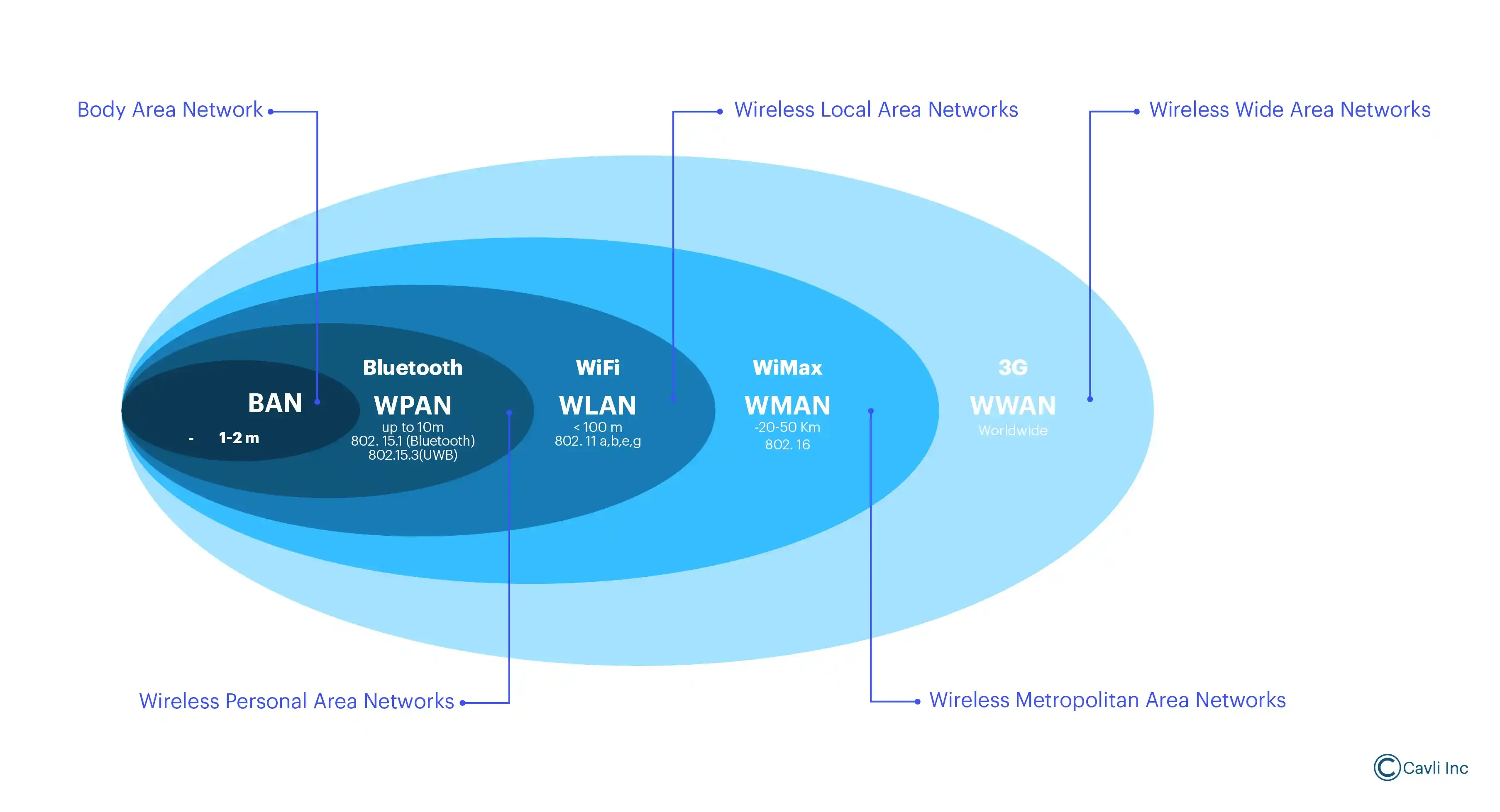
Different networks and their coverage
| Network Type | Full Name | Range | Description | Applications | Technology |
|---|---|---|---|---|---|
| WPAN | Wireless Personal Area Network | Up to 10 meters | Connects personal devices within a very short range, typically within a room. | Bluetooth connections, wireless keyboards, and headsets | Bluetooth, Zigbee, NFC |
| WLAN | Wireless Local Area Network | Up to 100 meters | Covers a small area such as a home, office, or campus, connecting devices wirelessly within that space. | Home or office Wi-Fi networks, campus networks | Wi-Fi, Wi-Fi 6 |
| LAN | Local Area Network | Up to 1 kilometer | Connects devices within a limited area, like a building or small campus. It can be wired or wireless. | Office networks, school networks | Ethernet (wired), Wi-Fi (wireless) |
| MAN | Metropolitan Area Network | Up to 50 kilometers | Covers a larger area than a LAN, typically spanning a city or metropolitan area. | City-wide networks, municipal broadband | Ethernet, fiber optics, Wi-Fi, microwave |
| WAN | Wide Area Network | 50 kilometers to worldwide | Connects multiple LANs and MANs across long distances, even globally. | The internet, corporate networks connecting multiple cities or countries | MPLS, Leased lines, satellite, 4G/5G LTE |
| WWAN | Wireless Wide Area Network | Worldwide | A type of WAN that uses wireless technologies to cover vast areas, connecting devices or networks across cities, regions, or globally. | Mobile networks, remote monitoring, global IoT networks | 4G LTE, 5G, satellite communication |
Business Advantages WWAN Offers for Enterprises
WWAN provides the synergy of flexibility and agility of a wireless network with the performance of fiber. WWAN is the network edge strategy that drives your enterprise transformation. It offers numerous advantages for businesses, particularly those requiring mobility and wide-area coverage:
1. Reliability
Wireless WANs provide unprecedented reliability when transforming from wired to wireless enterprise networks. It enhances uptime in the networks, allowing for timely interventions in fault assistance or incident mitigation, hence improving network performance. New technologies like SD-WAN also help manage network traffic and maintain reduced downtime.
2. Flexibility
WWANs are used in smart vehicles, kiosks, fleets, and health clinics. They feature two types of connections: primary and secondary. The primary connection links large sites, providing a stable and high-speed connection, while the secondary connection is used during higher traffic surges or incidents, ensuring resilience and business continuity. This dual-connection setup offers an added layer of redundancy and reliability, making it an attractive solution for organizations that require high uptime and minimal disruption to their operations.
3. Scalability
WWANs can easily accommodate increased connectivity needs without significant infrastructure changes. They effectively link the growing endpoint demands as your enterprise expands, without compromising security needs. Additionally, they extend connectivity to rural or remote areas where traditional broadband infrastructure might be lacking or non-existent, enabling businesses to operate and monitor assets across extensive and diverse geographical locations.
4. Security
WWAN solutions employ next-generation firewalls to combat cyber attacks. They implement policies like zero trust and VPN setups for an added layer of protection. With intrusion detection systems (IDS), intrusion prevention systems (IPS), and content filtering in WWAN routers, cyber threats can be detected and mitigated at an early stage.
5. Global Connectivity
For industries like logistics, transportation, and utilities, WWANs are essential for tracking and managing assets that are constantly on the move or located in remote regions. They enable businesses to maintain connectivity across vast geographical areas, facilitating operations for companies with dispersed workforces or assets. Wireless WAN solutions empower businesses to maintain global connectivity and scalable network solutions.
6. Cost Effectiveness
WWANs leverage the widespread availability of cellular networks, eliminating the need for costly infrastructure investments. This makes them an attractive option for businesses looking to minimize upfront capital expenditures. Wireless WANs can be quickly set up by installing cellular modules or routers that connect to existing cellular networks, reducing installation costs and minimizing time to deployment, allowing businesses to become operational faster.
5G WWAN or 5G Wireless Wide Area Networks
The latest Ericsson Report states that by 2029 the expected 5G subscriptions is around 430 million. FWA (Fixed Wireless Access) and Wireless WAN networks are driving the expansion, offering high-speed 5G internet to homes and small businesses.
5G Wireless Wide Area Networks (5G WWAN) are revolutionizing connectivity by delivering faster speeds, enhanced bandwidth, and ultra-low latency, which are critical for powering a new generation of applications. With increased bandwidth and theoretical speeds up to 10 Gbps with 5G mmWave, 5G WWANs support a vast number of connected devices, enabling seamless communication and data transfer. The bandwidth improvement is one of the major reasons why enterprises are driving for 5G adoption.
The low latency of 5G, often as low as 1 millisecond (theoretical value), is a game-changer for mission-critical applications, such as robotic machinery used in remote surgery, where precision and real-time responsiveness are paramount. It is crucial for applications like AI-driven analytics, virtual reality (VR), and augmented reality (AR), where large amounts of data need to be processed in real time, making 5G WWAN a cornerstone of the next technological revolution.
Service providers are pitching for managed WWAN solutions for enterprises that contain layered use cases like ZTNA, IPS/IDS, IoT monitoring, network slicing, 5G routers etc., making it the desired networking business model for enterprises that want to streamline their IT operations.
Closing Notes
Wireless Wide Area Networks (WWANs) have fundamentally reshaped our connected landscape, serving as the integral part for mobile communications and the Internet of Things (IoT) revolution. From enabling smart cities and autonomous vehicles to revolutionizing healthcare and industrial operations, the impact of advanced WWANs promises to be transformative.
The advent of 5G technology is set to unlock new possibilities, revolutionizing industries and paving the way for innovations with advanced technologies. However, as organizations increasingly rely on WWANs for critical operations, addressing challenges such as security vulnerabilities will be key to fully harnessing the potential of this technology. WWAN solutions with newer technologies are strategically navigating these challenges, encouraging businesses to leverage WWANs to stay competitive, agile, and ready for the next wave of digital transformation.
Amusing Tech Chronicles
Facts and Anecdotes Related to this Edition of Wireless By Design
The Global Web
Imagine the entire planet as a giant spider web. WWAN is the web we are talking about, and it connects different sites with invisible cellular waves. This web allows our devices to stay connected whether they are in a bustling city or a remote village.
The Invisible Postman
Think of WWAN as an incredibly fast, invisible postman. This postman can deliver billions of letters (data packets) every second to any address in the world without ever taking a break. And with each new generation of WWAN technology, our postman gets faster, can carry more letters, and reaches even more remote addresses.
The Global Broadcast Tower
Consider WWAN as a giant, global broadcast tower that sends out signals to every corner of the earth. Just like a TV or radio tower broadcasts signals that reach homes, cars, and portable radios, WWAN broadcasts data signals that reach smartphones, laptops, and IoT devices everywhere. It’s like having your own personal broadcast tower that follows you wherever you go, keeping you connected at all times.
Go Beyond and Explore
What is BAN, PAN, MAN, and WAN?
Body Area Network (BAN):
A Body Area Network (BAN), or a Wireless Body Area Network (WBAN), is a network that connects wearable or implanted devices within or on a person's body. These networks are typically used in healthcare IoT to monitor vital signs and support other medical IoT applications. Devices in a BAN can include smartwatches, heart monitors, glucose sensors, or other IoT devices.
Personal Area Network (PAN):
A Personal Area Network (PAN) is a small-scale network designed to connect devices within a very short range, typically within a few meters. PANs are commonly used to connect personal devices like smartphones, tablets, laptops, and wireless peripherals (such as Bluetooth headsets, keyboards). The most common technologies used for PANs are Bluetooth, Infrared, and Near Field Communication (NFC).
Metropolitan Area Network (MAN):
A Metropolitan Area Network (MAN) covers a larger geographical area than a PAN or LAN (Local Area Network), typically spanning a city or a large campus. MANs are designed to connect multiple LANs within a metropolitan area, providing high-speed communication and internet access across different locations in a city. MANs can be established using fiber optics, wireless links, or other high-speed connections.
Wide Area Network (WAN):
A Wide Area Network (WAN) is a network that extends over large geographical areas, such as regions, countries, or even continents. WANs are used to connect multiple LANs and other smaller networks, enabling communication and data sharing across long distances. This type of network is essential for large organizations that have offices or facilities spread out in different locations. WANs can be established using leased lines, satellite links, or public networks like the internet.
What’s the Difference Between WWAN and SD-WAN?
WWAN (Wireless Wide Area Network) is a type of network that uses cellular technologies like 4G LTE and 5G to provide wireless connectivity over large geographic areas. It allows devices to connect to the internet or a corporate network from virtually anywhere within cellular coverage.
SD-WAN (Software-Defined Wide Area Network) is a technology that simplifies the management of a WAN by using software to intelligently route traffic over multiple types of connections, including MPLS, broadband, and sometimes cellular networks like WWAN, based on current network conditions and business policies.
WWAN provides wireless connectivity over large areas using cellular networks, ideal for mobile or remote access. SD-WAN, on the other hand, optimizes and manages how data is routed across different network types, often combining multiple connection methods, including WWAN, for efficient and flexible enterprise networking.
How is WWAN different from Wi-Fi?
Wi-Fi is a type of WLAN (Wireless Local Area Network) that typically covers small, localized areas such as homes, offices, or campuses. In contrast, WWAN (Wireless Wide Area Network) operates over much larger areas, such as cities, regions, or even globally. Wi-Fi networks rely on a router and other local network infrastructure, like access points, to distribute internet access within a limited range, usually up to about 100 meters indoors.
Wi-Fi networks use unlicensed spectrum bands (typically 2.4 GHz and 5 GHz) and are designed for short-range communication, providing high-speed data access within confined spaces. While WWAN uses cellular networks—like 3G, 4G LTE, or 5G—to connect devices to the internet or private networks. Unlike Wi-Fi, WWAN doesn’t require local infrastructure like routers or access points. Instead, it leverages existing cellular towers and network infrastructure provided by telecom operators.
